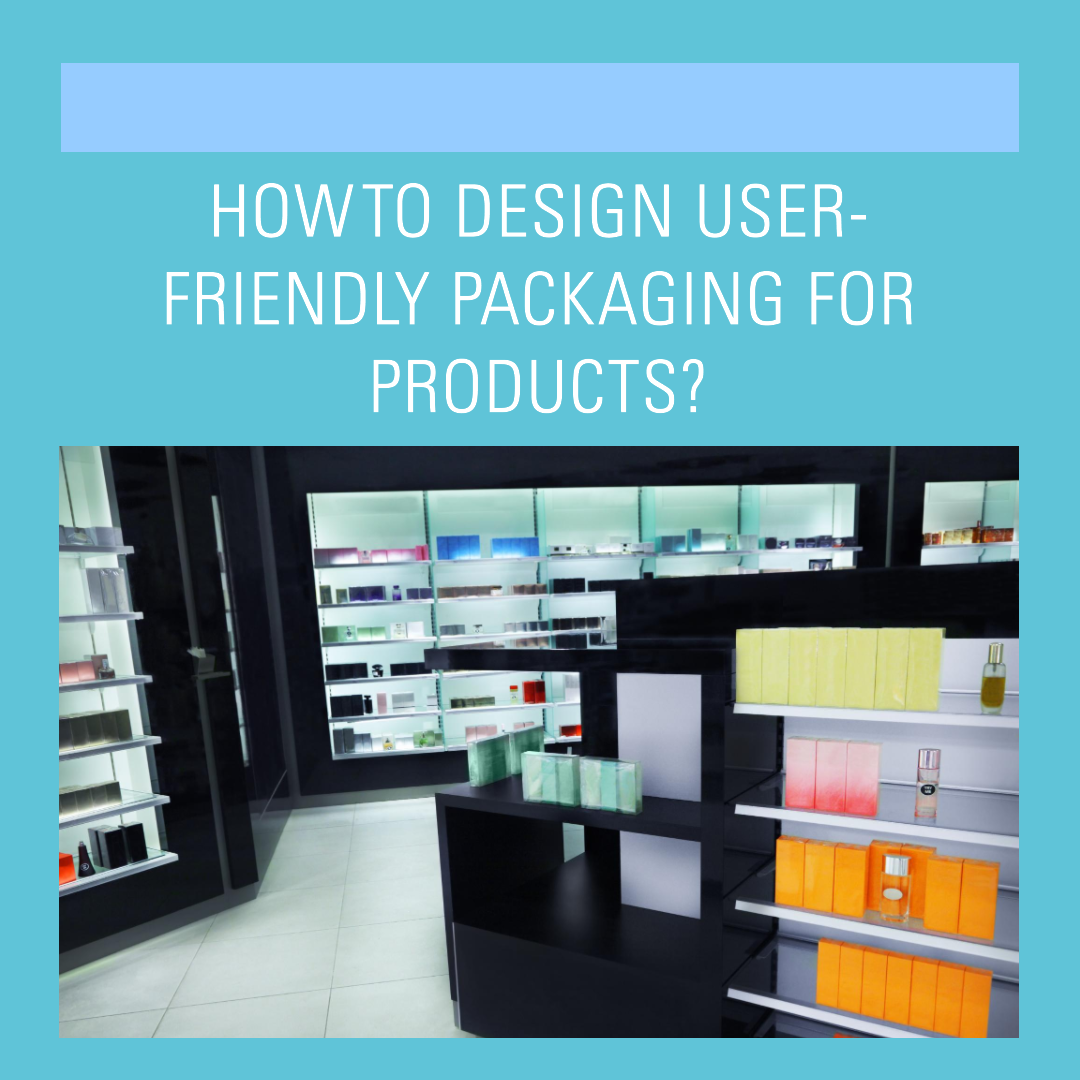How to design user-friendly packaging for products?
User-friendly packaging is packaging that is easy to open, use, and dispose of. It is also packaging that is informative and communicates the contents of the package clearly and concisely.
There are a number of factors to consider when designing user-friendly packaging, including:
- Ease of opening: The packaging should be easy to open, even for people with limited mobility or dexterity.
- Ease of use: The packaging should be easy to use, such as easy to pour from or easy to dispense from.
- Ease of disposal: The packaging should be easy to dispose of, either by recycling or composting.
- Informativeness: The packaging should be informative and communicate the contents of the package clearly and concisely.
- Safety: The packaging should be safe and protect the product from damage.
Here are some tips for designing user-friendly packaging:
- Use clear and concise language: The packaging should use clear and concise language to communicate the contents of the package. Avoid using jargon or technical terms that consumers may not understand.
- Use large and easy-to-read fonts: The packaging should use large and easy-to-read fonts, especially for the important information, such as the product name, ingredients, and instructions for use.
- Use high-contrast colors: The packaging should use high-contrast colors to make the text and graphics easy to read.
- Use clear and concise instructions: The packaging should include clear and concise instructions for how to open, use, and dispose of the packaging.
- Use universal symbols: The packaging should use universal symbols, such as recycling symbols and composting symbols, to make it easy for consumers to understand how to dispose of the packaging.
- Test the packaging with users: Once you have designed the packaging, it is important to test it with users to get their feedback. This will help you to identify any areas where the packaging can be improved.
Here are some examples of user-friendly packaging:
- Food packaging with easy-open lids: Food packaging with easy-open lids, such as peel-back lids and tear-away lids, is user-friendly for people of all ages and abilities.
- Beverage packaging with resealable caps: Beverage packaging with resealable caps, such as sports bottles and coffee cups, is user-friendly because it allows consumers to drink from the package multiple times and to keep the contents of the package fresh.
- Product packaging with instructions in multiple languages: Product packaging with instructions in multiple languages is user-friendly for consumers who speak different languages.
- Product packaging with universal symbols: Product packaging with universal symbols, such as recycling symbols and composting symbols, is user-friendly because it makes it easy for consumers to understand how to dispose of the packaging.
By following these tips, you can design user-friendly packaging for your products. This will help to improve the customer experience and make your products more appealing to consumers.
Additional tips for designing user-friendly packaging
Here are some additional tips for designing user-friendly packaging:
- Consider the target audience: When designing packaging, it is important to consider the target audience. For example, if your product is targeted towards children, you will need to use packaging that is child-friendly and easy for children to open.
- Use sustainable materials: When designing packaging, it is important to use sustainable materials whenever possible. This will help to reduce the environmental impact of your packaging.
- Make the packaging visually appealing: The packaging should be visually appealing and attractive to consumers. This will help to make your products stand out on the shelf.








